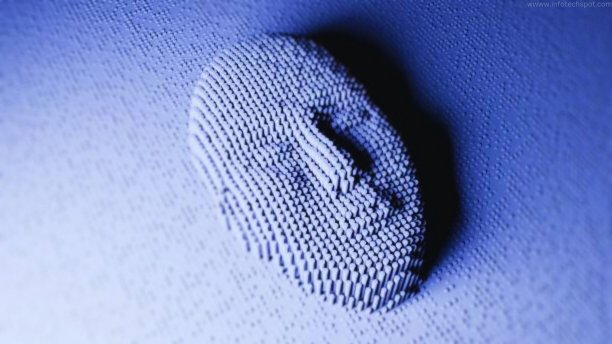A New Frontier in Artificial Intelligence
This article delves into the fascinating world of it, exploring its definition, applications, implications, and the ethical concerns it raises.

Introduction
In today's digital age, technology continues to push boundaries and reshape various aspects of our lives. One such technological advancement that has garnered significant attention is deepfake technology. Deepfakes have become a prominent subject of discussion due to their potential impact on media, entertainment, and society as a whole. This article delves into the fascinating world of it, exploring its definition, applications, implications, and the ethical concerns it raises.
Understanding Deepfake Technology
It refers to the use of artificial intelligence (AI) and machine learning algorithms to manipulate or alter digital content, primarily images and videos. By leveraging advanced algorithms, deepfake software can generate highly realistic and convincing synthetic media that often portrays individuals saying or doing things they never actually did. The term "deepfake" is derived from the combination of "deep learning" and "fake."
How Deepfakes Work
Deepfake algorithms analyze large datasets of images and videos to learn patterns and features specific to an individual's face or body movements. Using this acquired knowledge, the algorithms can then manipulate or superimpose the target person's face onto another person's body in a video. This process involves training a deep neural network with hundreds or thousands of images to create a model capable of generating highly accurate deepfake content.
Applications of Deepfake Technology
- Entertainment Industry:It has found significant applications in the entertainment industry. It allows filmmakers to recreate historical figures or deceased actors, enabling them to star in movies beyond their lifetimes. This technology opens up new creative possibilities and breathes life into characters that were previously limited to the realm of imagination.
- Political Manipulation: The rise of it poses a considerable threat to the authenticity of political discourse. Malicious actors can use deepfakes to spread misinformation, creating a chaotic environment where truth becomes increasingly difficult to discern. Political leaders, celebrities, or influential figures can be targeted, potentially tarnishing reputations and sowing discord.
- Digital Content Creation: It can streamline the process of creating digital content, such as advertisements or product demonstrations. By generating virtual spokespersons or influencers, businesses can effectively promote their products or services without the need for costly shoots or relying on real-life personalities.
- Law Enforcement and Forensics: Deepfake detection and analysis play a vital role in law enforcement and forensics. With the growing prevalence of deepfakes, it becomes essential to authenticate digital evidence accurately. Specialized tools and algorithms are being developed to identify manipulated media and ensure the integrity of legal proceedings.
Ethical Concerns and Challenges
While deepfake technology offers exciting possibilities, it also raises several ethical concerns and challenges:
- Misinformation and Manipulation: Deepfakes have the potential to deceive and manipulate individuals on a massive scale. They can be used to spread false information, defame individuals, or incite social unrest. The challenge lies in developing robust detection mechanisms and educating the public about the existence and implications of deepfakes.
- Privacy and Consent: Deepfake technology raises significant privacy concerns. Anyone can become a potential target for deepfake manipulation without their consent. It becomes imperative to establish clear guidelines and regulations regarding the creation and dissemination of deepfake content to protect individuals' privacy and prevent malicious misuse.
- Trust and Authenticity: Deepfakes erode trust in visual media, casting doubt on the authenticity of any visual evidence. This can have far-reaching implications in fields such as journalism, law enforcement, and public discourse. Developing reliable methods to verify the authenticity of media and restoring trust in visual content is crucial.
Conclusion
Deepfake technology is a double-edged sword that presents both incredible possibilities and significant challenges. Its potential applications span various industries, including entertainment, politics, and digital content creation. However, the ethical concerns it raises, such as misinformation, privacy violations, and trust issues, must be addressed proactively. As the technology continues to evolve, it is crucial to strike a balance between innovation and responsible use to ensure a future where deepfakes serve as a force for good rather than a tool for manipulation and harm.











